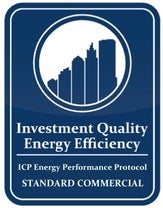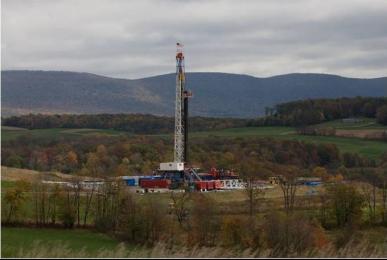 Texas is home to half the oil and gas exploration and production in the United States. Looking out west is the Permian Basin. To the north is the Barnett. Out east is the Haynesville and due south is the Eagle Ford. Oil and gas is a vibrant industry in Texas. Historically it’s been the lifeblood of the state’s economy. But, as with any industrial development, it comes with its own set of serious risks to the environment. Impacts on our land, air, water and climate that if not managed correctly can have lasting consequences.
Texas is home to half the oil and gas exploration and production in the United States. Looking out west is the Permian Basin. To the north is the Barnett. Out east is the Haynesville and due south is the Eagle Ford. Oil and gas is a vibrant industry in Texas. Historically it’s been the lifeblood of the state’s economy. But, as with any industrial development, it comes with its own set of serious risks to the environment. Impacts on our land, air, water and climate that if not managed correctly can have lasting consequences.
As an engineer working on water quality issues and related environmental issues for over 30 years, I’ve seen firsthand the effects of unregulated industrial activity. In 1980, the federal government passed the Comprehensive Environmental Response, Compensation, and Liability Act, better known as Superfund. Superfund legislation gave the Environmental Protection Agency broad authority to compel the cleanup of abandoned hazardous waste sites in our country, suing those responsible, and even establishing a trust fund to address toxic sites with no known responsible party. In Texas, these sites were the result of decades of industrial development caused by, for example, old lead production plants dating back to the early 1900s, World War II era defense manufacturing and the rise of the petrochemical industry.
Read More














